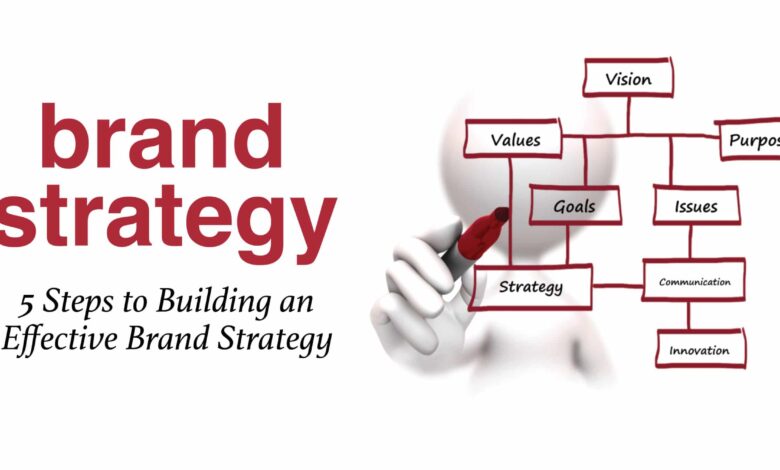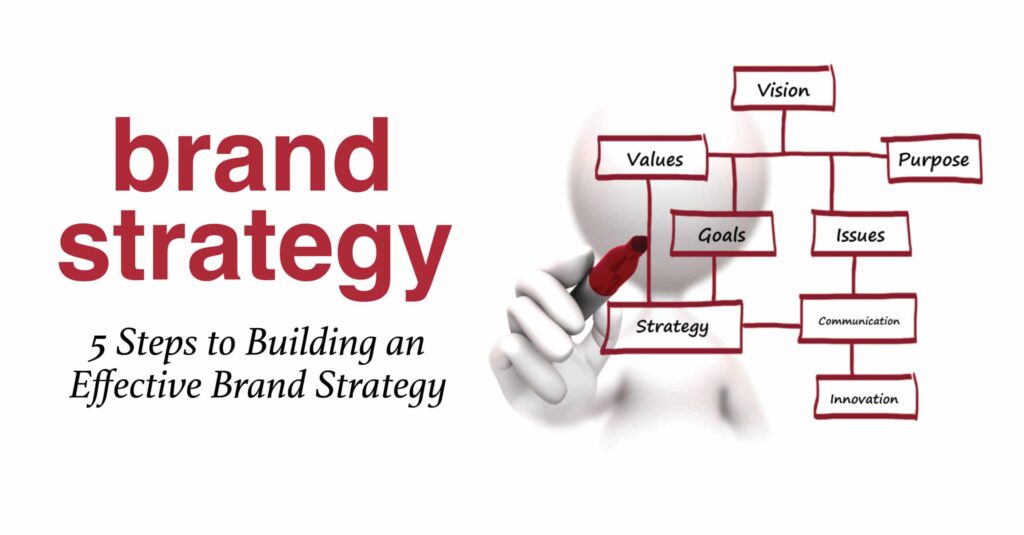Brand development strategy, effective and cost-saving development and implementation solutions for brands

Brand development strategy focuses on creating and expanding a brand’s presence, recognition, and value in the market. An effective brand development strategy ensures that a brand stands out, meets customer needs, and aligns with business goals. Implementing this strategy efficiently and cost-effectively involves utilizing smart practices and tools to maximize impact while minimizing expenses.

Brand Development Strategy:
1. Define Brand Objectives:
- Set Clear Goals: Establish specific, measurable, achievable, relevant, and time-bound (SMART) objectives for brand development, such as increasing brand awareness, entering new markets, or improving brand loyalty.
- Align with Business Strategy: Ensure that brand development goals align with overall business objectives and growth plans.
2. Conduct Market Research:
- Analyze Market Trends: Study current market trends, consumer behavior, and competitor strategies to identify opportunities and threats.
- Understand Target Audience: Develop detailed customer personas based on demographic, psychographic, and behavioral data to tailor your brand strategy effectively.
3. Develop Brand Positioning:
- Identify Unique Value Proposition: Define what sets your brand apart from competitors and how it delivers unique value to customers.
- Create Positioning Statement: Develop a clear and concise positioning statement that communicates the brand’s unique benefits and market position.
4. Build Brand Identity:
- Design Visual Identity: Create a logo, color palette, typography, and other visual elements that reflect your brand’s personality and values.
- Develop Brand Voice: Establish a tone of voice and messaging framework that aligns with your brand’s identity and resonates with your target audience.

5. Implement Brand Strategy:
- Create Marketing Plan: Develop a marketing plan that outlines strategies and tactics for promoting the brand, including digital marketing, social media, content creation, and advertising.
- Leverage Digital Channels: Utilize cost-effective digital channels such as social media, email marketing, and SEO to reach and engage your audience.
6. Monitor and Measure:
- Track Key Metrics: Use metrics such as brand awareness, customer engagement, and brand equity to assess the effectiveness of your brand development efforts.
- Gather Feedback: Collect feedback from customers and stakeholders to understand their perceptions and experiences with the brand.
7. Adapt and Evolve:
- Make Data-Driven Adjustments: Use insights from performance metrics and feedback to refine and adjust your brand strategy as needed.
- Stay Agile: Be prepared to adapt your brand development approach based on market changes and emerging trends.
Effective and Cost-Saving Solutions for Brand Development:
1. Leverage Existing Assets:
- Repurpose Content: Reuse and repurpose existing content for different marketing channels to save on content creation costs.
- Optimize Current Resources: Utilize existing resources, such as your website and social media profiles, to promote your brand effectively.
2. DIY Branding Tools:
- Use Free or Low-Cost Design Tools: Platforms like Canva or Adobe Spark offer cost-effective solutions for creating visual elements and marketing materials.
- Leverage Online Templates: Utilize online templates for social media graphics, presentations, and marketing materials to streamline design processes.
3. Cost-Effective Marketing Strategies:
- Social Media Marketing: Utilize organic social media strategies, including content marketing and engagement with followers, to build brand awareness and loyalty.
- Influencer Partnerships: Collaborate with micro-influencers or industry bloggers who can promote your brand at a lower cost compared to major influencers.
4. Content Marketing:
- Create Valuable Content: Develop and share valuable, relevant content (such as blogs, videos, and infographics) that addresses your audience’s needs and interests.
- Leverage User-Generated Content: Encourage customers to create and share content related to your brand, which can serve as authentic endorsements and save on content creation costs.
5. Cost-Effective Research Methods:
- Conduct Surveys Online: Use online survey tools (e.g., SurveyMonkey, Google Forms) to gather customer insights and feedback affordably.
- Analyze Competitor Strategies: Study competitors’ branding and marketing strategies to identify opportunities and gaps without incurring additional costs.
6. Collaborate and Partner:
- Form Strategic Partnerships: Partner with complementary brands or businesses to co-market products or services, share resources, and reach a broader audience.
- Join Industry Associations: Engage with industry associations or local business groups for networking opportunities and access to marketing resources.
7. Focus on Customer Experience:
- Enhance Customer Service: Invest in providing excellent customer service to build brand loyalty and generate positive word-of-mouth referrals.
- Implement Loyalty Programs: Develop cost-effective loyalty programs to reward and retain existing customers, increasing their lifetime value.
8. Utilize Analytics:
- Monitor Performance Metrics: Use free or low-cost analytics tools (e.g., Google Analytics, social media insights) to track brand performance and make data-driven decisions.
- Evaluate ROI: Regularly assess the return on investment (ROI) for brand development activities to ensure resources are allocated effectively.
Conclusion:
An effective brand development strategy involves a thorough understanding of your market, audience, and competitive landscape. By defining clear objectives, building a strong brand identity, and implementing cost-effective solutions, you can develop and strengthen your brand efficiently. Leveraging existing assets, utilizing DIY tools, and focusing on customer experience are key to achieving successful brand development while managing costs. Regular monitoring and adaptation will help ensure your brand remains relevant and impactful in a dynamic market.

